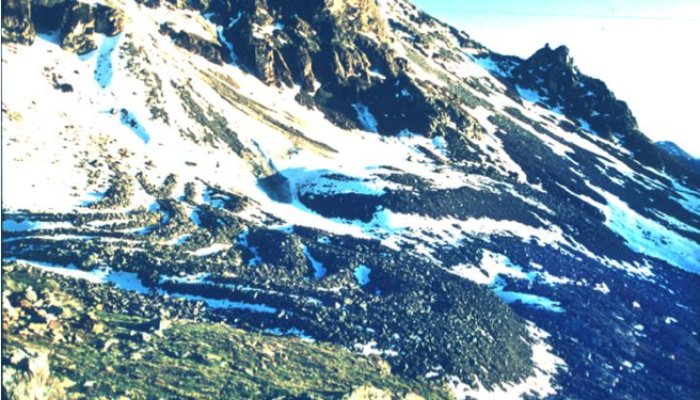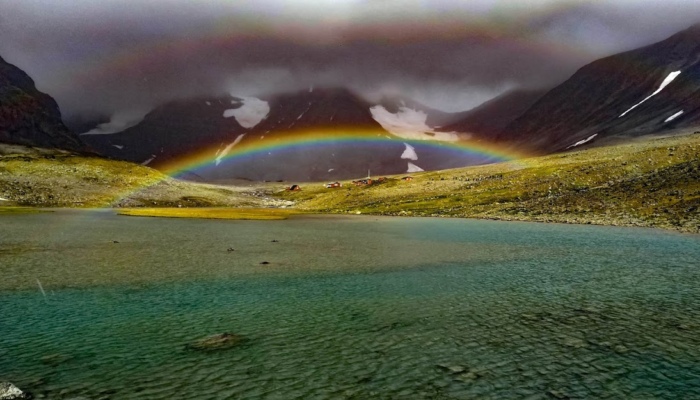Beneath dusted peaks of mountain dew A dense and rigid backcloth skulks, Worn down and compacted with Fractured decades of aged powder; Trodden into rocky outcrops To lie barrenly against This frozen, ancient soil. Subtle shifts of these forgotten rocks Ripple across subterranean sediments, Dislodging once-stable foundations That now cascade like an ocean; Echoing across the fragile firmame ...[Read More]
Cryo-Comm – Degrading Terrains





